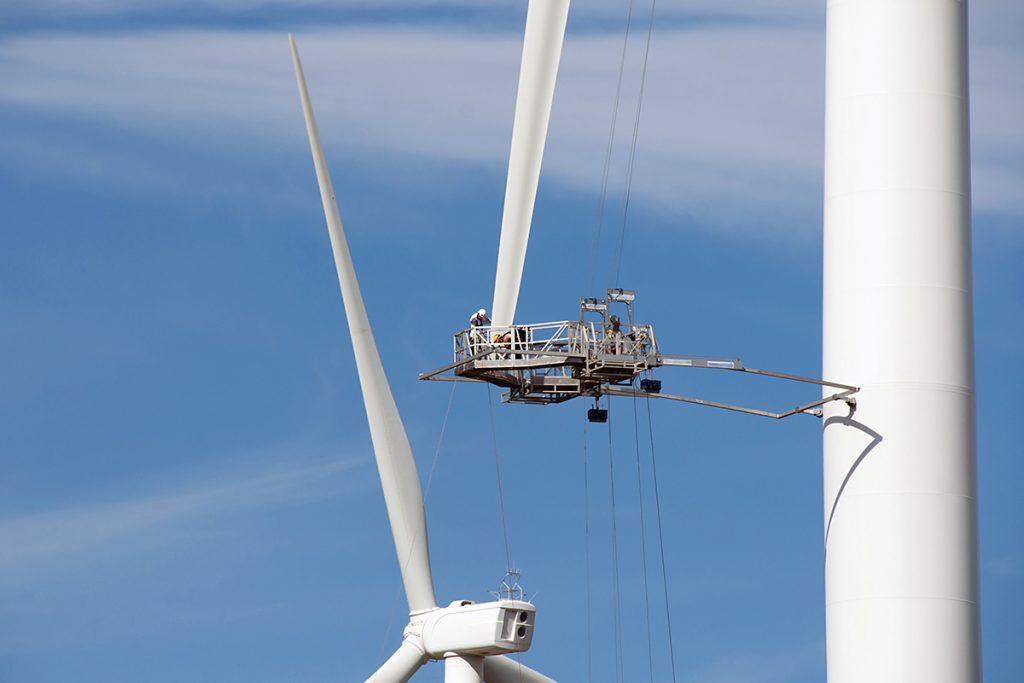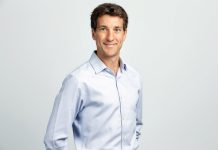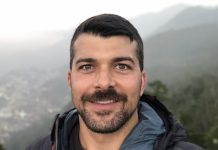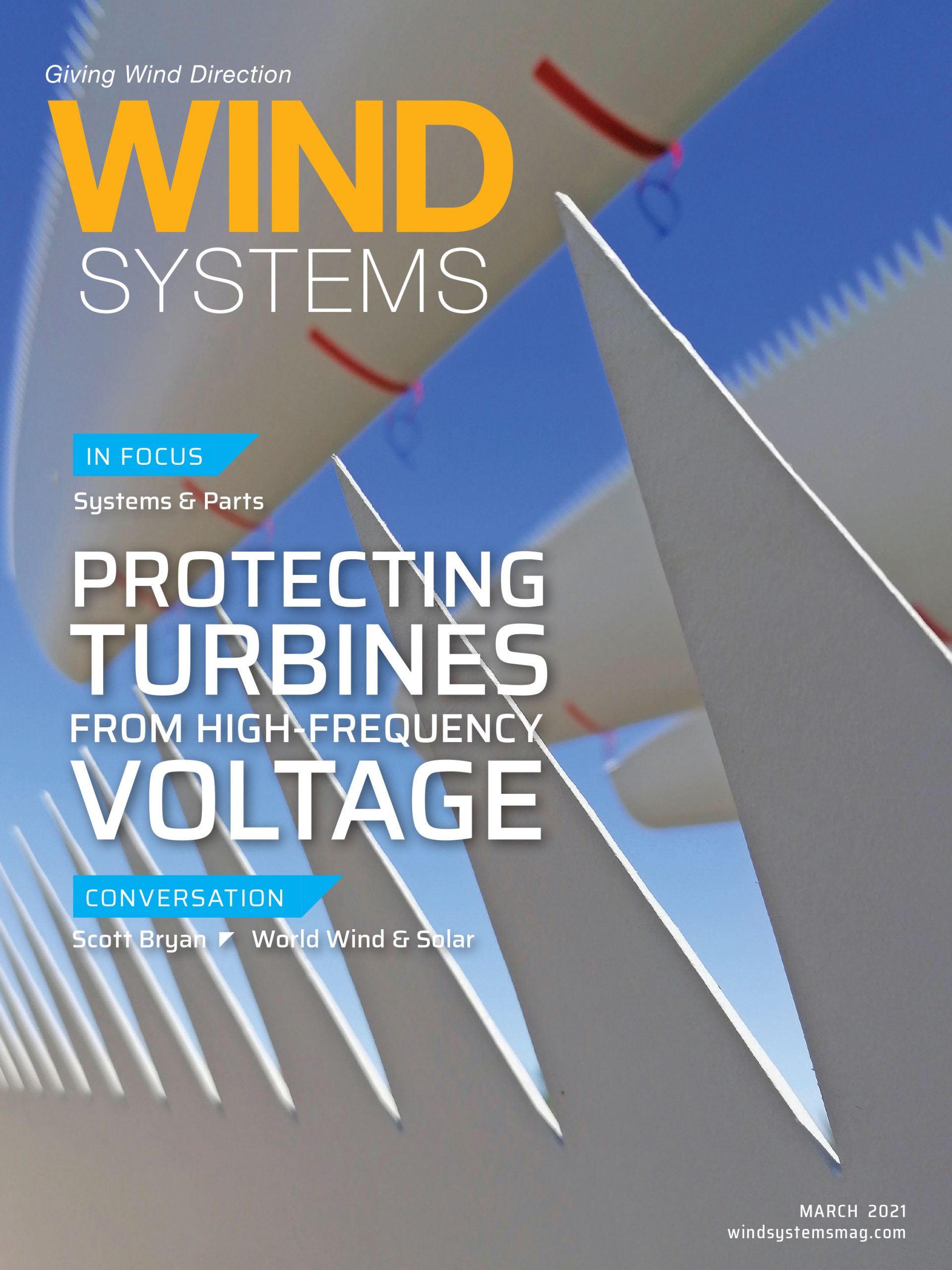What does World Wind & Solar (WWS) bring to the wind energy table, and what is your role with the company?
World Wind & Solar (WWS) brings a full life cycle range of comprehensive service solutions to all our renewable energy clients across the nation. We can provide end-to-end services in any stage or phase of a project, from construction and commissioning to operations and maintenance to repowering and decommissioning.
Our team of professionals also provide specialized support. If a client requests trained labor on a site for a specific need or to perform scheduled maintenances or large corrective composite services, we are ready to serve.
As part of our full life cycle service offerings, we provide engineering services, which is something not offered by other independent service providers (ISPs). Our team of engineers and field service engineers can tackle any problem, even when it seems nearly impossible.
We have spare parts, kitting, and logistics capabilities at our new 32,000-square-foot warehouse in Elgin, Illinois. We can provide individual components to our clients on an as-needed basis, or we can provide pre-packaged supply kits that include all the necessary greases, oils, and other PM supplies. Our turn-key logistical service will ship these kits to all their projects across the US.
With these new services, we’re truly an end-to-end solutions provider for our renewable energy clients.
WWS provides services for wind, solar, EV charging, and energy storage. As vice president of Wind, I oversee and manage all wind-service offers to ensure we are providing safe, professional, and efficient specialized services to our clients.
What types of wind services have you recently added?
In the last year, we’ve added a large correctives team, a composites team, engineering support, and our distribution and supply chain center. Our newest services include gearbox exchanges, blade exchanges, and blade and composite repair. And we have plans to expand our services further this year as well.
What drove the need for the additions?
Providing the best services at the best value for our clients has always been our focus. We strive to be a dedicated and transparent extension of our client’s team. By expanding our service offerings to cover everything from troubleshooting to blade repairs, logistics and supply chain, to engineering services, we are their end-to-end solutions provider and truthfully, that is the best way we can add value.
What’s been the industry response to the new services?
The industry has welcomed our new services and supply chain capabilities. We’ve worked with a variety of clients on large corrective and blade repair projects. We’ve been steadily building our parts inventory and have been able to assist several clients with their supply chain needs. We are very pleased with the teams we’ve built and the progress we’ve made.
How has the pandemic changed the way you work with the wind farms and their owners?
As a mission-critical service provider, we have had to make some adjustments to protect our employees and customers. The health and safety of our technicians is our top priority, so in addition to staying up to date on local, state, and federal recommendations for masks, hand washing, social distancing, and daily health checks, we’ve implemented our own process and procedural changes.
To reduce individual contact exposure, we’re utilizing split shifts and split crews, using more electronic communication methods such as texts and emails, and even changing how we distribute supplies to our crews.
We also work with our clients to ensure our safety modifications align with their policies and with industry best practices.
I would imagine the remote aspect of the technician job helps a little bit with the social distancing.
It does help, but our wind turbine technicians work in teams of at least two, if not more. So, we have focused on keeping the same team members together and limiting travel as much as we can. This has also made it a challenge for our management teams to get out to the field for project site visits.

With an administration now in place that favors the advancement of renewables, do you see World Wind & Solar’s workload growing over the next few years with that in place?
A pro-renewables administration can certainly be helpful, but we’ve seen growth regardless, which is why we’ve made the heavy investment in new services and capabilities. We believe the renewable energy industry will continue to grow and we plan to grow right along with it.
There’s been a shift from federal support to more state and local and privatized support that’s helped move renewables forward. Do you see that as well?
We’ve seen the renewable energy industry continue to grow, even though many of the federal subsidies have decreased over time. The rate of new renewable energy projects going online far exceeds those of fossil fuels.
Being an end-to-end solutions provider, maintaining our nation’s critical infrastructure, means we’re ready to support new construction growth as well as being able to keep our current, aging equipment operating efficiently. And there are many fleets, a critical mass, that are 10 and 15 years old.
What’s your take on what happened in Texas in February?
I’ve been in wind for 12 years now and have managed farms from Canada to the Oregon coast — all kinds of climate at all times of the year. What happened in Texas is unprecedented, but quite simply their machines were not prepared for it.
Most turbines are certified for anywhere between minus-20°C and minus-30°C. And depending on where a turbine is purchased, it could have a winter package that would include things like additional heaters.
But air temperature isn’t always the problem. If temperatures are extremely cold and there’s no wind to keep the turbine working, it will become cold-soaked in a day or two. When the wind picks back up, the turbine may fault. If the turbine had been running, even in extreme temps, it would typically continue to run with no problem. It’s similar to your car. If it sits out in minus-30° weather for a few days, it will have a hard time starting or not start at all. A turbine, similar to a car, has electrical and hydraulic components that can freeze once idle.
There can also be an issue with icing. Although icing doesn’t usually affect all the turbines at a project, and it is very dependent on individual power plants, their location, and wind and weather patterns.
Once a turbine is cold-soaked, intervention can be needed to start up. WWS had crews in these regions, working with our customers, supporting them to get everything up and running.
WWS is always there, when and where our customers need us.
MORE INFO www.WorldWindSolar.com































